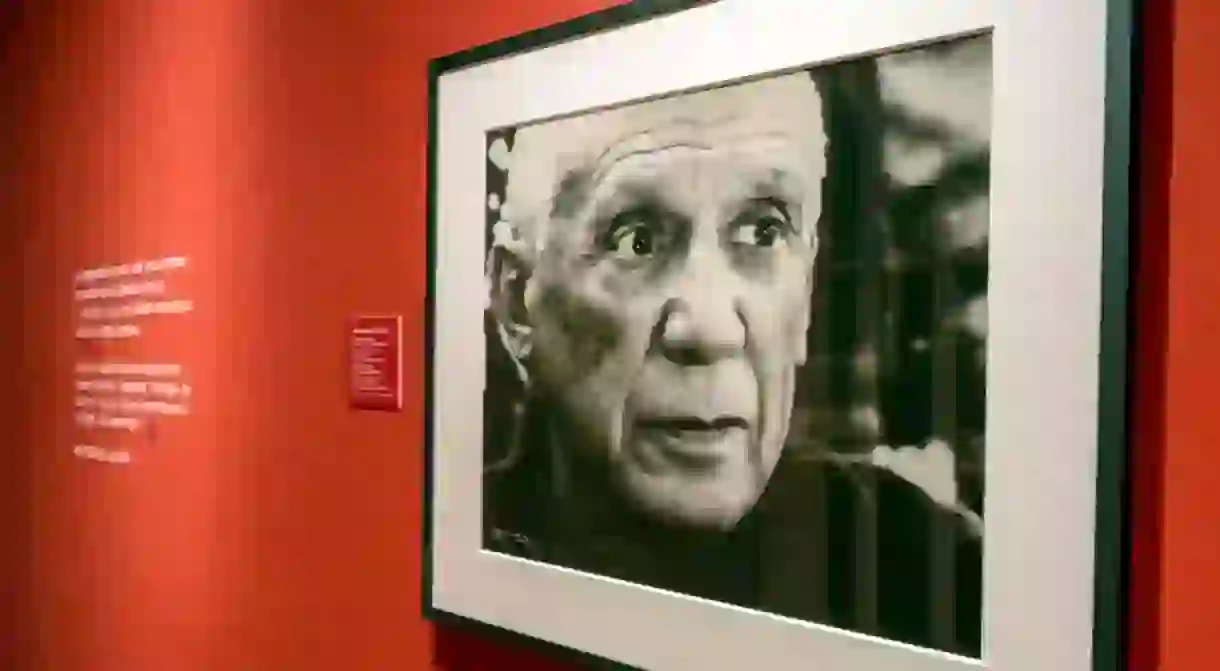Best Places To See Picasso's Art

Pablo Ruiz Picasso was perhaps the most important artistic figure of the 20th century. A Spanish expatriate, notorious womanizer, and co-creator of cubism, there’s no wonder that ‘The Master’ has left an enduring legacy in his wake. We look at eight cities in Europe that house intriguing and influential collections of Picasso’s masterpieces.
Museu Picasso, Barcelona, Spain
Museum
Museum Sammlung Rosengart, Lucerne, Switzerland
Museum

Art dealer Siegfried Rosengart moved to Lucerne, Switzerland, after the First World War and was a friend of many leading artists, including the likes of Matisse, Klee, and Picasso. Rosengart amassed an extraordinary collection, which he and his daughter Angela donated to the town of Lucerne, now housed in the museum named in his honor. Angela, now in her 80s, still runs Museum Sammlung Rosengart, which is housed in a former bank building. The whole ground floor and some of the first floor rooms are dedicated to Picasso. The collection also features some remarkable photos of him at work by David Douglas Duncan, as well as 32 paintings and 100 drawings, watercolors, graphic and sculptural works, including five portraits of Angela herself. The hall, which was once the bank’s main concourse, is now home to five extraordinary oil paintings dating from 1967 to 1969. These were long rejected by the collection because of their powerful and passionate swirling style and expressive choice of colors by the artist. These works, once seen as scandalous, are now prized for their innovation.
Musée Picasso, Antibes, Southern France
Art Gallery, Museum
Museo Casa Natal Picasso, Málaga, Spain
Museum, Library

Vallauris, South-eastern France
Historical Landmark, Architectural Landmark
Picasso briefly lived in Vallauris, the seaside village where he learnt the art of decorative ceramics. In 1952 he painted his famous mural on war and peace to decorate the chapel here, which remains open to the public. This is where Picasso developed his fascination with ceramics. However, his approach to the art was unorthodox, fashioning fauna and nymphs in the glaze, melting the clay like one melts bronze, and decorating plates and dished with his favorite subjects.
Highlight of the Musée National Picasso: ‘War and Peace.’ Picasso produced two compositions of monumental proportions on hardboard panels that mirrored the curvature of the vaulting.
Musée National Picasso, Paris, France
Museum

Paris’s Musée Picasso reopened in October 2014, when Picasso would have turned 133, with more of the master’s works on display than ever. The exhibition space has been doubled in size and the layout simplified. The museum has double appeal for visitors, with not only a superb collection, but also the stunning Marais mansion in which it is housed. The building was built in the 1650s for Pierre Aubert de Fontenay, collector of the gabelle, or salt tax, which gave the building its nickname, Hôtel Salé. The paintings are hung alongside sculptures, prints and drawings, which allows one to put the focus on the work process, the step from drawing to painting and the intensity of the creative process. The rooms are grouped thematically: showcasing self portraits, guitars, and portraits of women.
Highlight of Musée Picasso: Some of Picasso’s earliest works as a teenager in Spain, including ‘The Little Girl in a Red Dress’ (1895), painted when he was about 14 years old
Reina Sofia Museum, Madrid, Spain
Museum
The Reina Sofia Museum, in Madrid, displays modern and contemporary Spanish art and has a holding of about 100 works by Picasso. Many of the works here are studies and drawings for ‘Guernica,’ Picasso’s epic homage to the victims of the bombing of the Basque village in 1937 that remains an emotive reminder of the conflict and the division and suffering of Spain during the civil war and the Franco Regime.
Highlight of the Reina Sofia Museum: The 20th century’s most famous painting, Picasso’s ‘Guernica’, commissioned by the Spanish government. It was Picasso’s wish that it should not be shown in Spain until democracy was established. It was then exhibited at the Prado and moved to this permanent home in 1992.
Museum Ludwig, Cologne
Museum
Highlights of Museum Ludwig: ‘Harlequin’ (1923) and ‘Woman With Artichoke’ (1941)













